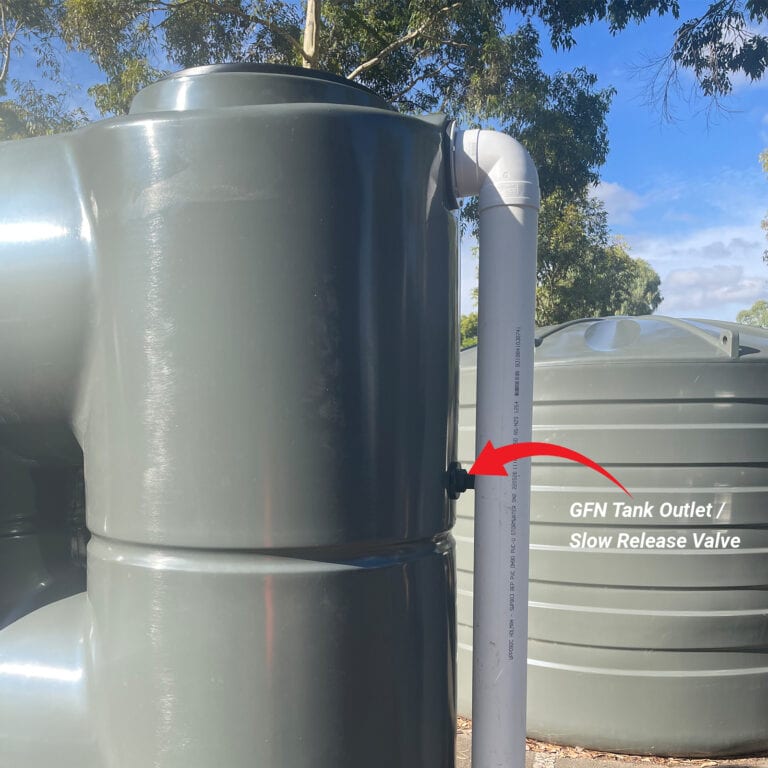Understanding the Importance of Rain Containers in Drought-Prone Regions for Water Safety And Security
In regions prone to extended droughts, the duty of rain storage tanks in bolstering water protection is a topic of expanding importance. As neighborhoods face the difficulties of water deficiency, understanding the value of these tanks exceeds plain collection of rainwater. Rain storage tanks act as a crucial device in reducing the impact of water shortages by providing a lasting resource of water for different demands. The real worth of rainwater storage tanks expands much beyond simple storage space; it incorporates resilience-building measures and the promotion of long-lasting water preservation strategies. This diverse technique to water security warrants a closer evaluation of the function rain containers play in ensuring a trustworthy water supply during times of drought.
Benefits of Rain Containers
Using rainwater containers uses a sustainable solution for boosting water supply and boosting water safety in domestic and commercial setups. One of the main advantages of rain tanks is their capacity to minimize dependency on mains water supply.

Rain Harvesting Strategies
Rain collecting strategies incorporate an array of approaches designed to successfully collect and save rainwater for various objectives, adding to water preservation and sustainability. One usual method is the setup of rooftop catchment systems, where rainwater is accumulated from the roof covering of a structure and guided to a tank. This approach is fairly straightforward and cost-efficient. One more popular strategy is making use of above-ground or below ground tank to store rain for later usage. These tanks come in numerous sizes and materials to match different needs and can be attached to the existing plumbing system for easy accessibility.

Moreover, rainfall gardens and permeable sidewalks are cutting-edge techniques that include landscape design or paving surface areas in a way that enables rain to percolate right into the ground, replenishing groundwater books. Furthermore, shape farming and terracing are farming practices that help catch rain and protect against dirt erosion in hilly terrain. By carrying out these varied rain harvesting strategies, communities can enhance water safety and strength in drought-prone areas while advertising lasting water monitoring practices.
Significance of Water Safety
Making sure trusted accessibility to clean and sufficient water resources is paramount for sustaining human health, financial development, and environmental health. Water here are the findings security is a crucial aspect of societal resilience, particularly in areas at risk to dry spells best site and water deficiency. Ample water protection incorporates numerous measurements, including accessibility, quality, and ease of access of water for domestic, farming, commercial, and environmental requirements.
Water safety and security plays an essential role in promoting public wellness by lowering the frequency of waterborne illness and guaranteeing sanitation centers. Financially, water safety and security is important for farming efficiency, industrial procedures, and general economic development. Slimline water tanks. Water safety and security is closely connected to environmental sustainability, as it sustains environments, biodiversity, and overall environmental balance.
In drought-prone areas, water safety comes to be also much more critical because of the heightened threat of water lacks. Implementing approaches like rainwater harvesting, water recycling, and reliable water administration techniques can substantially improve water protection in these areas. By focusing on water safety and security, areas can better hold up against the effects of environment change, populace growth, and various other challenges that endanger water availability.
Enhancing Water Durability
With increasing worldwide water obstacles, developing durability in water supply has ended up being an essential emphasis for lasting development initiatives. Enhancing water strength entails executing methods to make certain water availability and high quality despite changing environmental conditions, such as dry spells, floodings, and air pollution.
One trick facet of boosting water durability is advertising using rain storage tanks in drought-prone regions - Slimline water tanks. Rainwater tanks function as a reliable means of capturing and keeping rainwater for later usage, lowering dependence on limited freshwater resources during dry periods. By incorporating rainwater why not try these out harvesting systems into water management plans, communities can boost their capacity to hold up against water deficiency and keep water protection

Sustainable Water Conservation
In the middle of rising water obstacles, the prudent management of water resources with lasting preservation techniques is vital for making certain long-term ecological security and social well-being. Sustainable water conservation entails the efficient use water resources to satisfy present requirements without endangering the capacity of future generations to fulfill their very own needs. By applying approaches such as rain harvesting, greywater recycling, and water-efficient modern technologies, areas can lower water wastefulness and alleviate pressure on freshwater resources.
In addition, lasting water preservation techniques add to ecosystem health and wellness by preserving sufficient water levels in rivers, lakes, and wetlands, sustaining biodiversity, and maintaining all-natural habitats. These methods also play an essential role in minimizing the influences of environment modification by helping to adapt to transforming rainfall patterns and water accessibility.

Conclusion
Finally, rain tanks play a vital duty in enhancing water safety and durability in drought-prone regions. By making use of rain harvesting methods, communities can reduce their dependence on standard water sources and promote lasting water preservation methods. This not only aids minimize the influences of water shortage during dry spells however also contributes to long-lasting water security and resilience when faced with climate modification obstacles.